Above: Mensho Tokyo co-owner Abram Plaut tests the product
Abram Plaut never dreamed of opening a restaurant. With a brother and several friends in the business, the San Francisco native knew the caveats, the struggles and the drawbacks of joining the industry.
“I never wanted to get into it at all,” he said.
It wasn’t until around 2010, when Plaut got a job reviewing ramen for a Japanese magazine—at the beginning of the international ramen craze—that his mindset changed, and his dream of bringing authentic ramen overseas began.
“Knowing as much as I knew about ramen and the food scene, I knew if we brought a legitimate ramen master to the states there’s no way we’re not going to crush it,” Plaut said.
In 2016, Plaut partnered with celebrity chef Tomoharu Shono to open Mensho Tokyo, an outpost of the beloved Japanese ramen bar that’s been a hit in the San Francisco community.
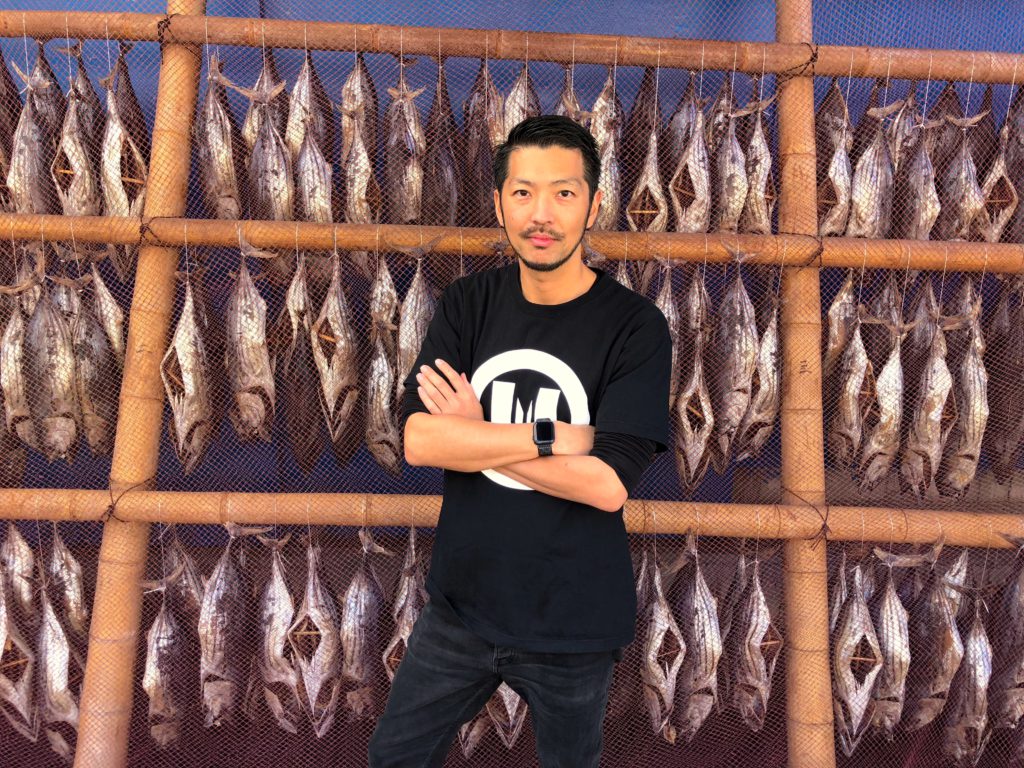
Mensho is authentic Japanese ramen at its finest…with a twist. The menu offers an array of unique dishes like the A5 Wagyu Shoyu Ramen, which comes with a slab of marbleized beef, clam butter ramen and a traditional tori paitan ramen with matcha.
What makes Mensho Tokyo different is the attention to detail, originality and depth of flavor that goes into every bowl. Serving exquisite ramen is a science; temperature and timing needs to be perfect. For example, if the soup sits for more than five to ten minutes the noodles will start to get soft and the fat separates, Plaut explained.
“When it’s served, there’s this magical moment. Temperature and timing have to be perfect.”
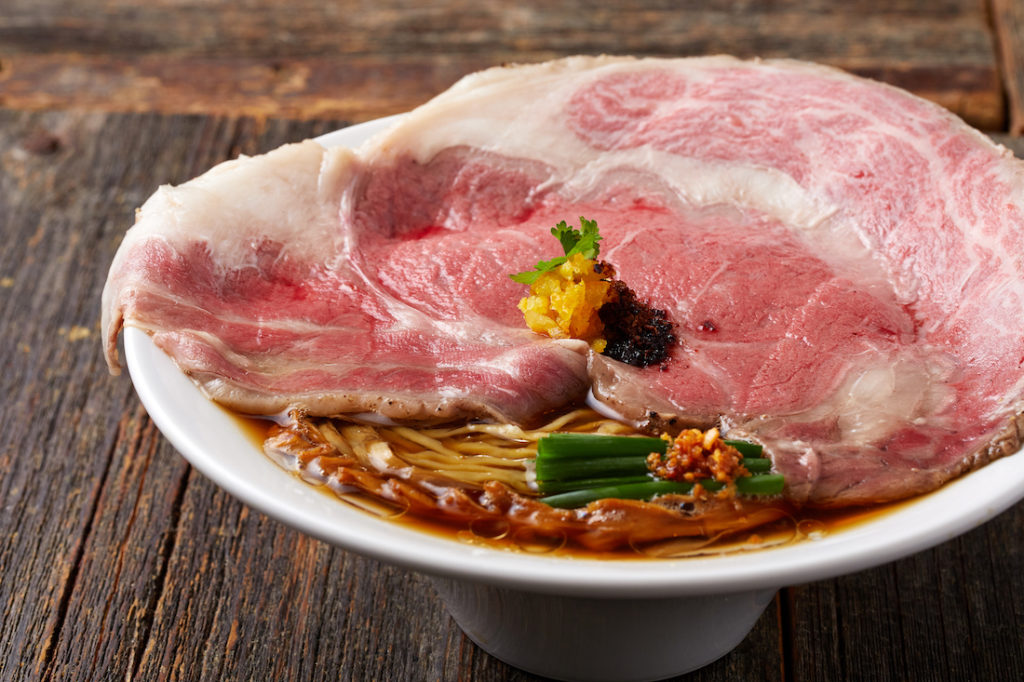
The technicality that comes with making soup-based ramen is the reason the restaurant isn’t offering it for takeout amid the pandemic. However, with a slew of unique menu items and an acute attention to detail, it’s no wonder the restaurant typically has a line snaking out the door.
Unlike other ramen restaurants, Mensho Tokyo also steers clear of the classic tonkotsu—or pork based broths—typically found at many stateside restaurants.
“We wanted to do something different and I feel like that’s the safe easy go-to for ramen shops overseas to do because you can get pork everywhere,” Plaut said.
Instead, the San Francisco location specializes in tori paitan, a chicken-based ramen that made up more than half of all restaurant orders before COVID-19.
Both Plaut and Shono aim to keep the quality of food at the highest level possible. That’s why they aren’t quite ready for a mass expansion. Once you expand into chains, the quality goes down, and the best ramen places are usually small and come equipped with a professional, Plaut described.
“There’s so many small and detailed components coming together and you need someone with a good amount of experience in a ramen kitchen,” he added.
Building the empire overseas has also come with its fair share of obstacles: running a restaurant is difficult, ingredients and customer preferences differ, and COVID-19 has only further complicated the industry.

According to Plaut, overseas patrons prefer the creamier and richer soups. In San Francisco, however, the restaurateurs adapted the menu to accommodate growing veganism, and the vegan ramen has become a sought after staple at the Nob Hill location.
“It has a richness that few vegan dishes have,” Plaut said of the dish, although he was initially against adding it to the menu.
Unlike traditional ramen chefs, which specialize in one type of soup, Shono is different. He operates several restaurants in Japan all of which have a different theme and menu, and is responsible for creating over 500 unique ramen dishes, and adding new specials every month.
Plaut said that Shono was the perfect chef for an overseas ramen shop. Plaut himself was inspired by the chef’s devotion to using ingredients that had never been used in ramen before.
When initially approached about opening a restaurant in San Francisco, Shono was “super enthusiastic,” Plaut said. The team later took a trip to the United States where they hit it off, and the rest was history.
Although both were living in Japan when the restaurant opened in 2016, Plaut returned to San Francisco for the first three months to kick things off, even though he had no experience running a restaurant. Plaut, a San Francisco native, initially moved to Japan in 2004 after graduating university, and planned on staying a year or two,until he fell in love with the food and culture.
In the years since Mensho Tokyo’s opening, Plaut has worked as a consultant and partner for Shono on several overseas projects, including a restaurant in Bangkok which opened in 2018. Plans to open an additional location in San Francisco and an opening in New Delhi have been postponed due to the pandemic.
But above all, Plaut’s one goal is to continue bringing quality ramen to global locations.
“If I can bring authentic flavors and authentic ramen culture to places that don’t have it, with one of the best ramen shops in Japan, that would feel gratifying,” he said. “It’s something that’s worthwhile to spend my time pursuing.”
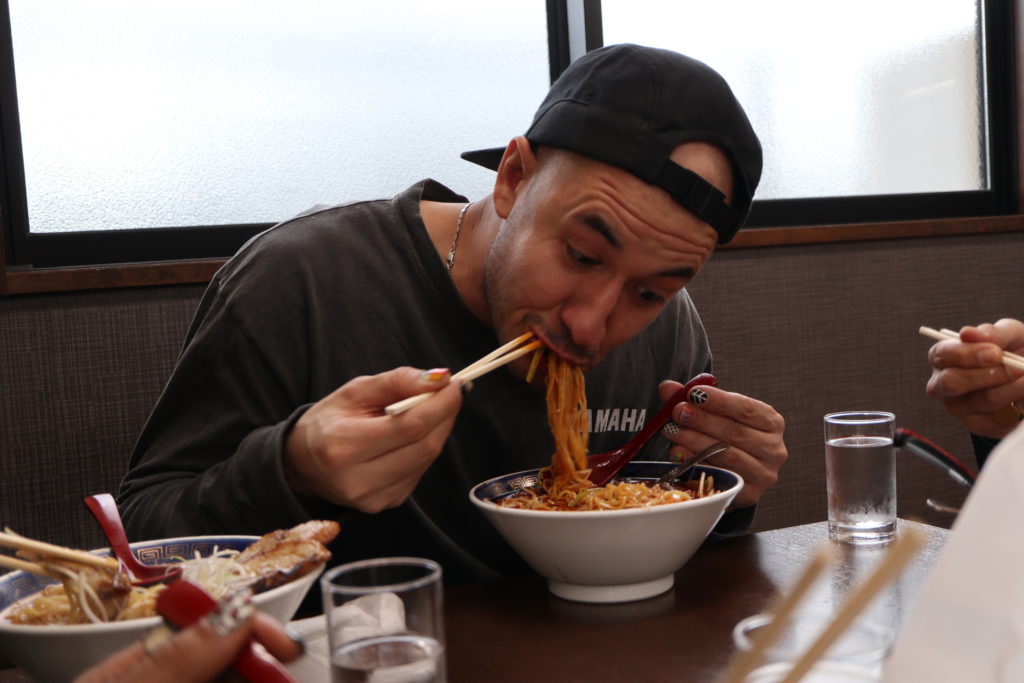
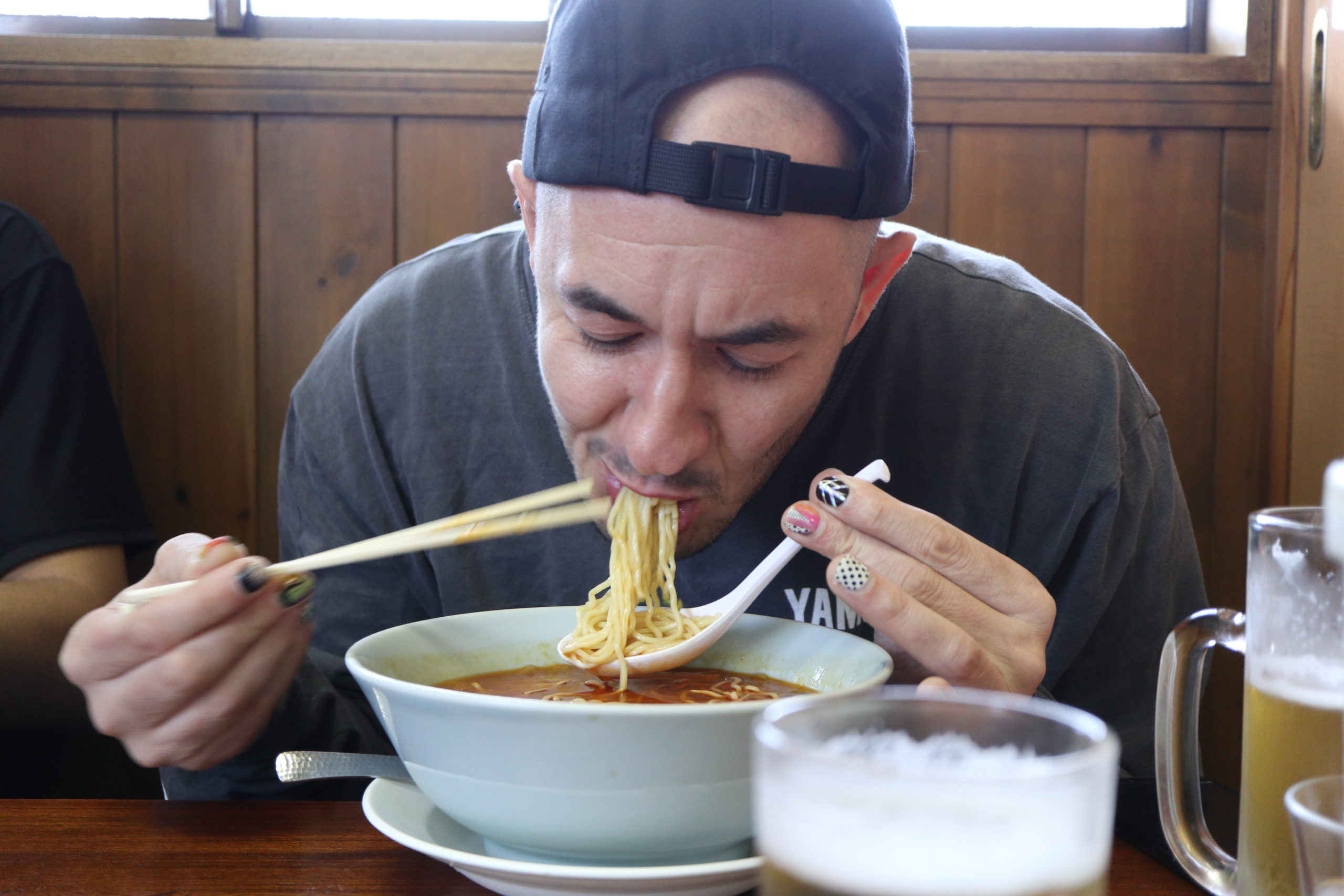


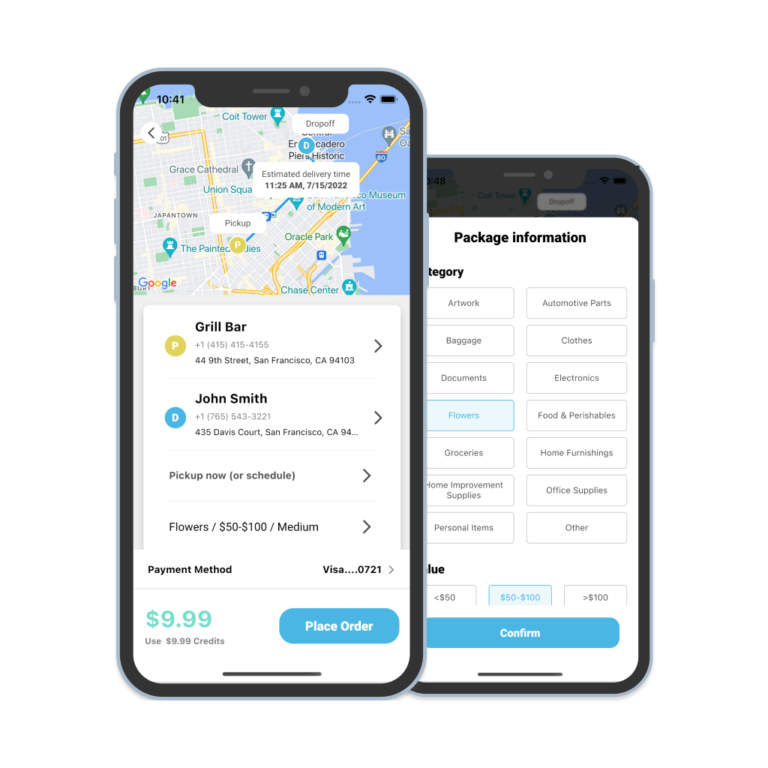


Can you be more specific about the content of your article? After reading it, I still have some doubts. Hope you can help me.
Can you be more specific about the content of your article? After reading it, I still have some doubts. Hope you can help me. https://accounts.binance.com/pt-PT/register-person?ref=IQY5TET4
Thank you for your shening. I am worried that I lack creative ideas. It is your enticle that makes me full of hope. Thank you. But, I have a question, can you help me? https://accounts.binance.com/en/register?ref=P9L9FQKY
At the beginning, I was still puzzled. Since I read your article, I have been very impressed. It has provided a lot of innovative ideas for my thesis related to gate.io. Thank u. But I still have some doubts, can you help me? Thanks.